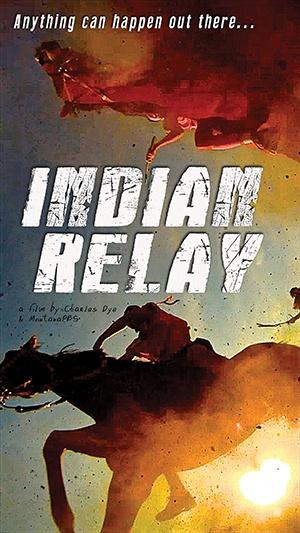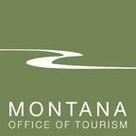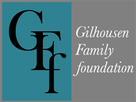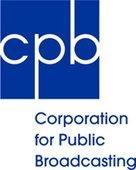Indian Relay
Follow teams from different American Indian communities as they prepare for Indian Relay.
About the Film:
From the bitter cold of winter on the Rocky Mountain front to the heat and mayhem of the summer's championship races in Montana and Idaho, Indian Relay follows three teams from different American Indian communities as they prepare for and compete in a grueling Indian Relay season. A mix of high-speed daring and exquisite horsemanship, Indian Relay is a sport widely enjoyed and practiced by men and women from tribal nations across the Rocky Mountain West. Each race begins with up to eight Indian athletes riding a horse bareback around a track at full gallop. After one lap, barely slowing down, the riders leap from their speeding horses to a second set of horses. Each team's "mugger" must then catch the first horse or the team will be disqualified, creating a chaotic melee of up to 32 people and 24 thoroughbreds in front of the grandstands. Another top-speed lap, another daring horse change, and the teams race for the finish line, at speeds topping 40 miles an hour.
Nationwide broadcasts of We Shall Remain and Before There Were Parks offered public television audiences vital historical indigenous perspectives, but throughout America there remains a wide array of misunderstanding about tribal citizens ranging from strong anti-Indian sentiments to over-romanticized notions of the noble savage. Along with the erroneous belief that all American Indians now receive free checks from the government, there's often considerable guilt about the hardships American Indians had to face after Europeans arrived in the Americas. Indian Relay helps overturn these stagnate stereotypes via a watchable, present-day story full of excitement, humor, knowledge and self-determination.
Featuring remarkable high-speed cinematography, the thread of the film is the lead-up to the Indian Relay National Championships at The Eastern Idaho State Fair in Blackfoot, Idaho. Along the way, the film presents viewers with questions fundamental to American Indian life today. For example-as with the Kendall Old Horn family from the Apsáalooke (Crow) Nation-how can one keep alive an ancient relationship-based culture when it has been nearly completely overrun by a modern, commodity-based one? Ultimately, Indian Relay tells the story of what every championship-winning Indian Relay team must have: great horses, amazing horsemanship, guts, incredible determination-and most importantly-family.
A broadcast-hour for public TV audiences, Indian Relay opens with footage from the Indian Relay National Championships. Then it cuts back in time, nine-months earlier, to the bitterly cold off-season. Near Browning, Montana, we see first-time Relayer Myles Murray trying to keep his new horses alive when it's 20-degrees below zero. In Crow Agency, Montana, we watch Zack Rock and Kendall Old Horn steadily work through the cold towards their ultimate goal. Near Ft. Hall, Idaho we travel with Lance Tissisimit and Alonzo "Punkin" Coby to buy a retiring flat-track race horse-next season's rookie Relay horse. The season begins and soon enough there are unexpected turns and even tragedies, but each day brings us closer to the end of the film at the Indian Relay National Championships in Blackfoot, Idaho.
Fully and enthusiastically supported by the Indian Relay racing community, Indian Relay is a unique opportunity to share with public television audiences an accurate and authentic view of this exciting aspect of modern American Indian culture. Directed and produced by 2010 NW Regional Emmy-award winner, Charles Dye and MontanaPBS, Indian Relay was written by Montana educator and poet M.L. Smoker, and features beautiful vérité and high-speed cinematography by Emmy-award winning cinematographers Daniel Schmidt, Dawson Dunning and Rick Smith. Katie Lose Gilbertson was the film's editor and it was executive produced by Aaron Pruitt of MontanaPBS.
Film Credits
Director and producer Charles Dye of Dye Works Film has over 15 years experience working in the development and production of independent documentaries. He is Producer, Director, Editor and Writer for the double Emmy Award-winning documentary Before There Were Parks: Yellowstone & Glacier Through Native Eyes (PBS Primetime 2010). He is Co-Producer, Cinematographer and Writer for Last of the Gum Men (PBS NETA 2002). He is Producer, Director, Cinematographer, Writer and Editor for A Cat Called Elvis (MontanaPBS 2007 & www.lifeonterra.com) He was an Artist-in-Residence at Islandwood (Bainbridge, WA) in 2003 and led Documentary On-Assignment Teams for National Geographic Student Expeditions to Iceland, Australia and Tanzania from 2008-2010.
Indian Relay is a product of collaboration between many talented western Montana artists and professionals, including:
| Executive Producer Aaron Pruitt | Producer & Director Charles Dye | Co-Producer Darren Kipp |
| Advisory Board Chair John Murray | Humanities Advisor Dr. Walter Fleming | Field Producers/Sound Jaime Jelenchick & Mike Suarez |
| Sound Recordists Parker Brown, Devon Ritter | PA Derrick Littlelight | Editors/Post-Production Management Distill Productions Katie Gilbertson, Andy Adkins |
| Writer M.L. Smoker Original Music Lissette Haugestuen | POV Cams Loren Croff Anskii Deroche Kalen Hammond JonMarc Skunkcap | Additional Cameras Marty Hall Shaw Momberg Sam Pannoni Devon Riter Sarah Smith |
| Cinematographers Danny Schmidt, Dawson Dunning, Rick Smith, Russell Hawkins, Christi Cooper, Ian Johnson, Scott Sterling & Randy Wimberg Associate Producer Wayne Smith Jr. | ||

Rick Smith Video

Rick Smith Video
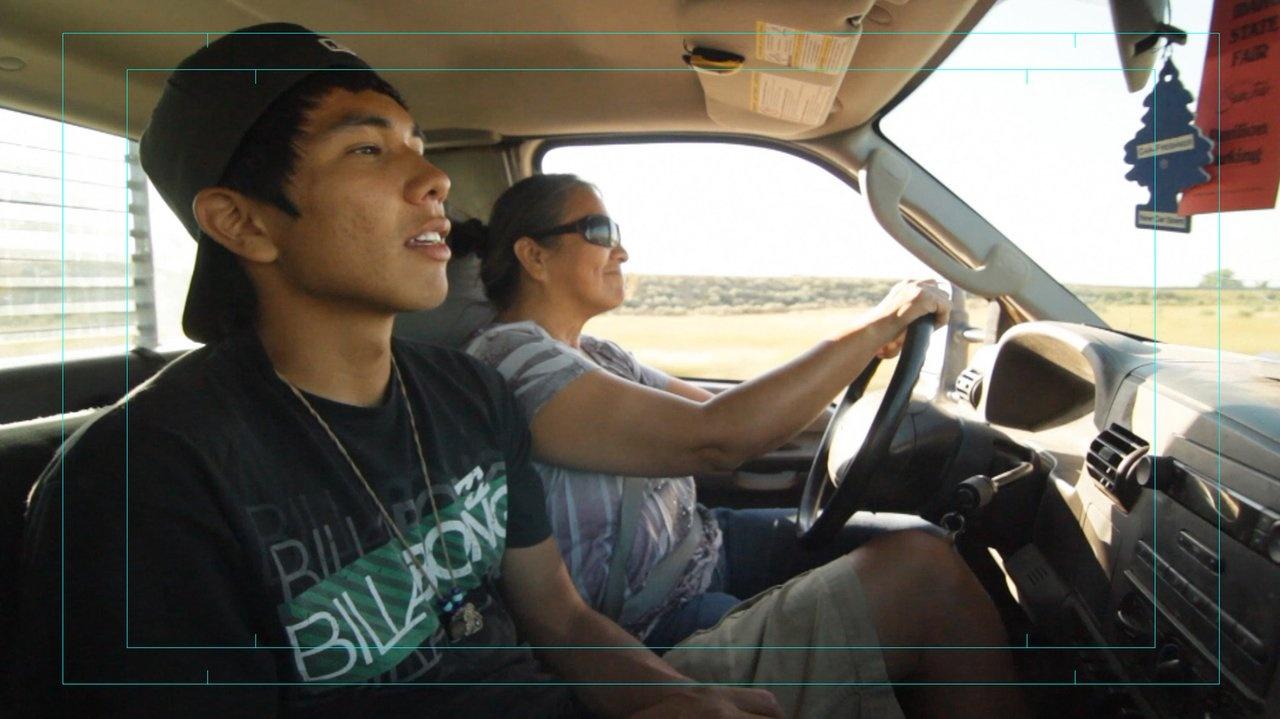
Danny Schmidt Video

GoPro worn by Loren Croff
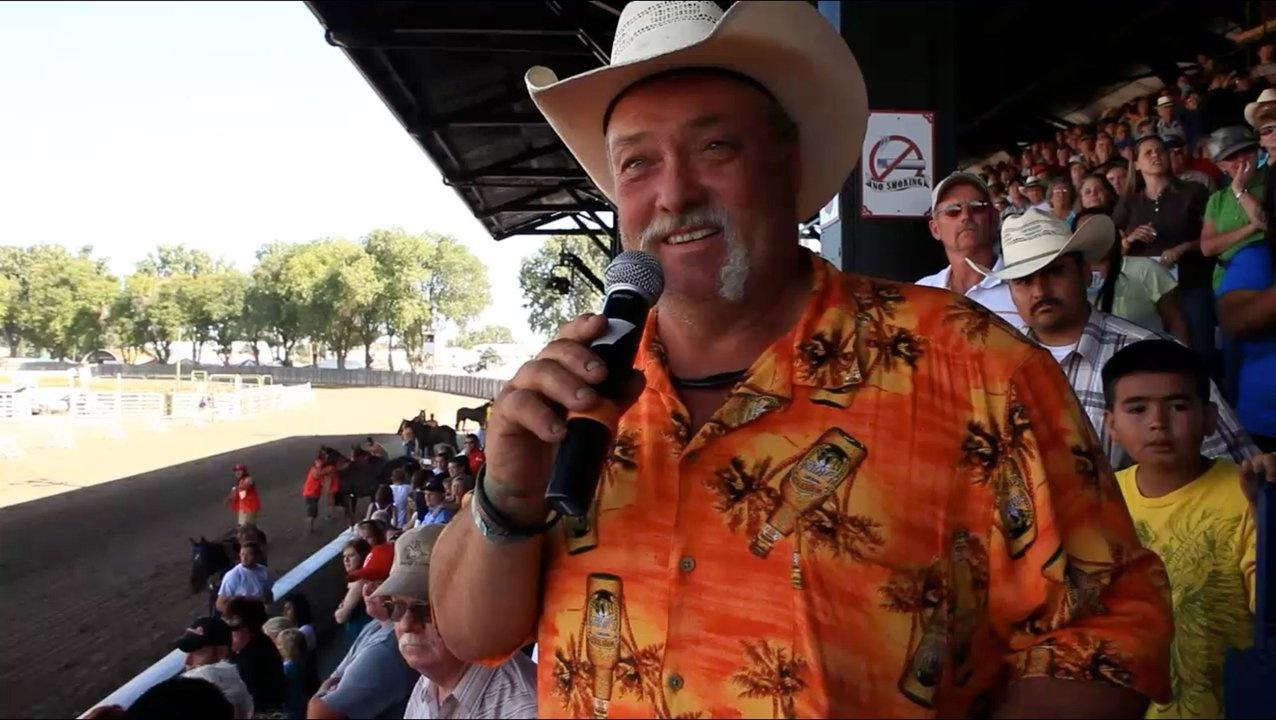
Christi Cooper-Kuhn Video
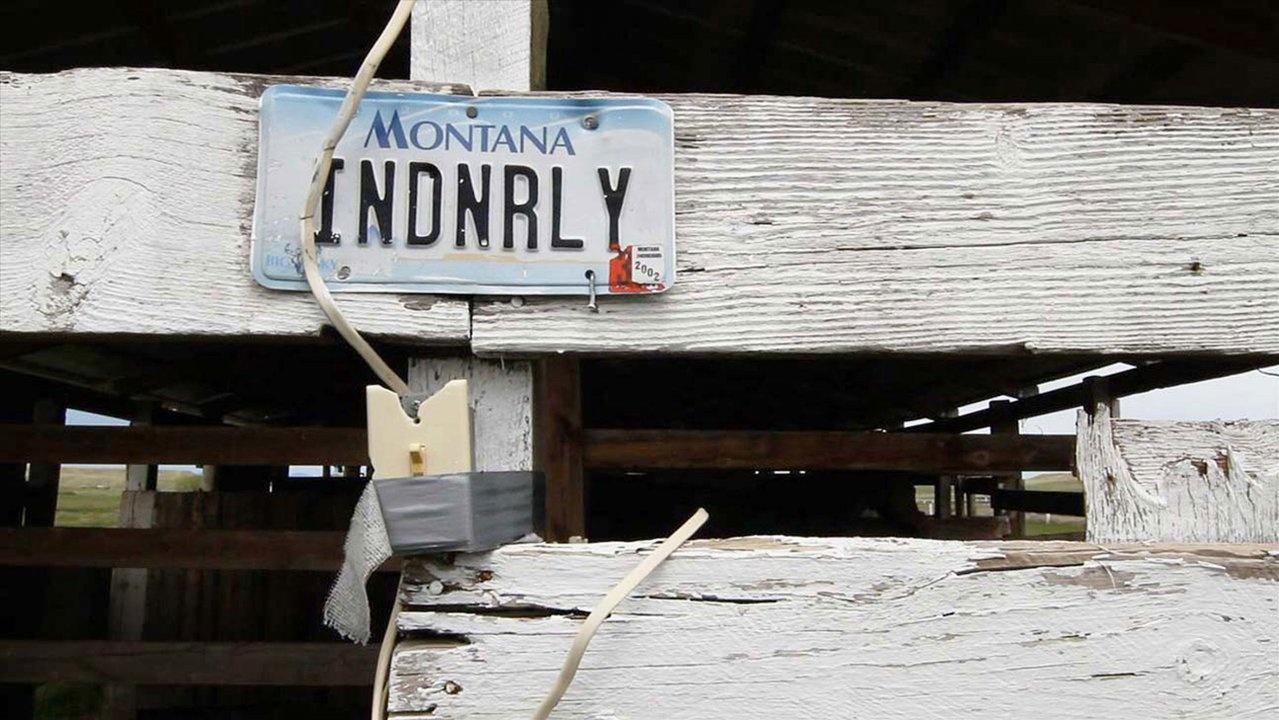
Charles Dye Video

Rick Smith Video
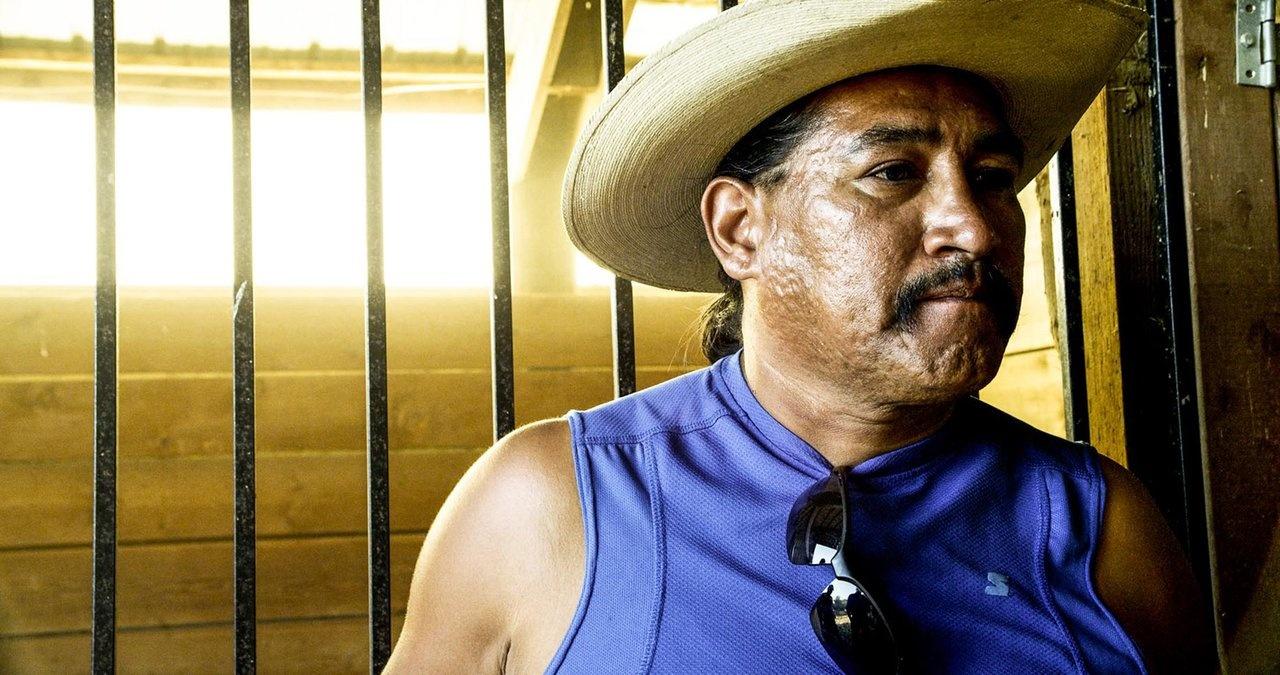
Rick Smith Video
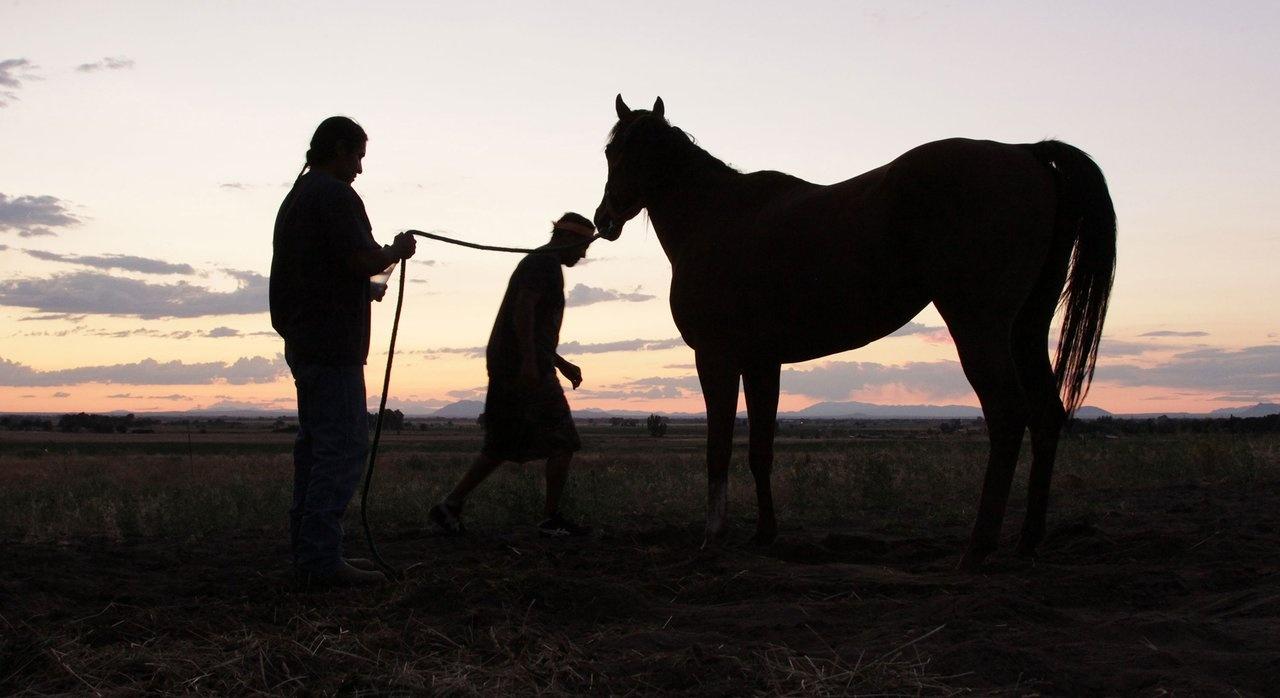
Charles Dye Video
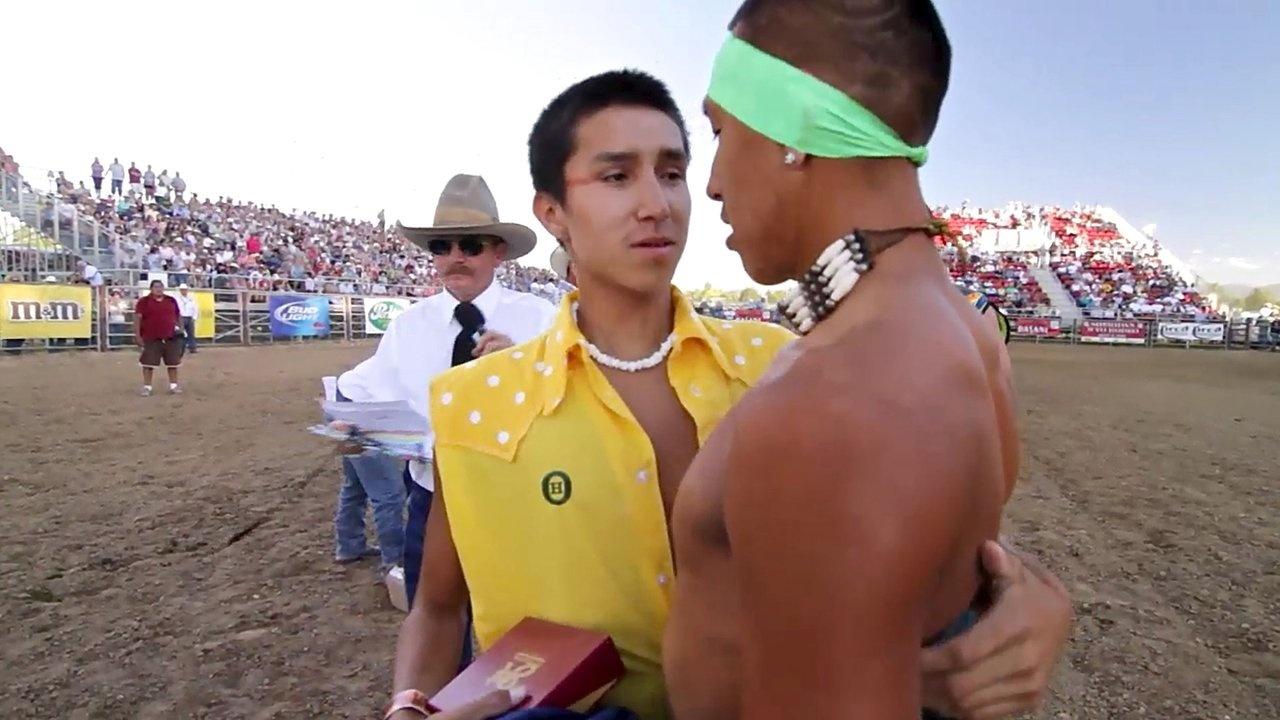
Danny Schmidt Video
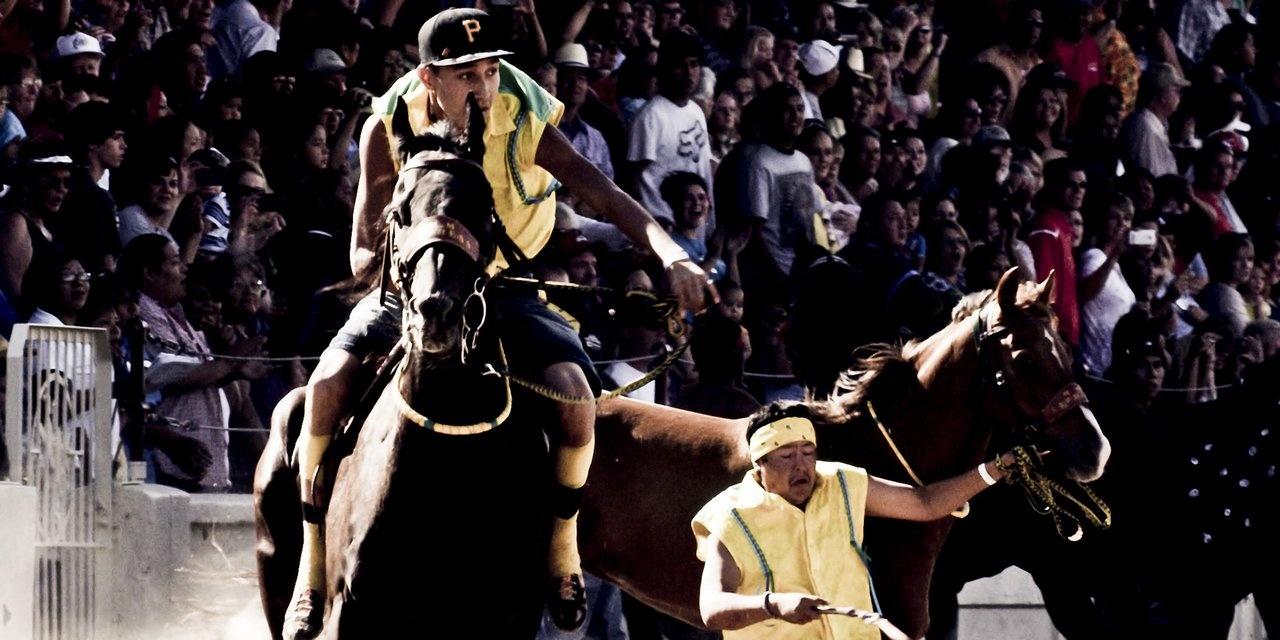
Rick Smith Video
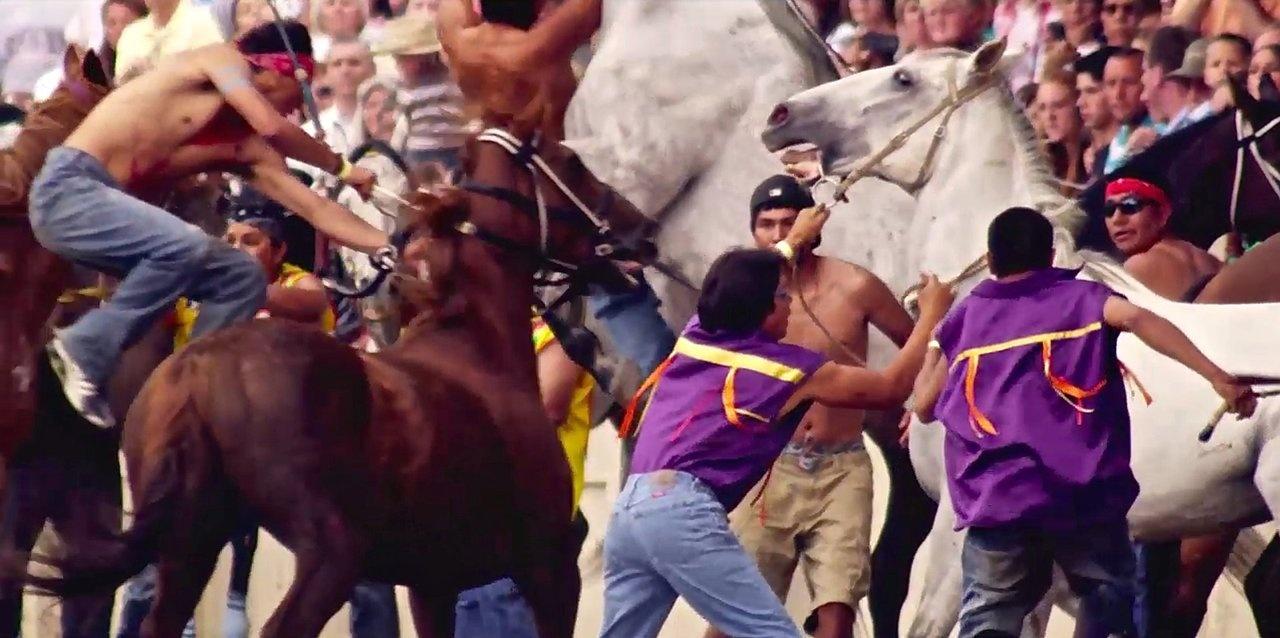
Dawson Dunning Video
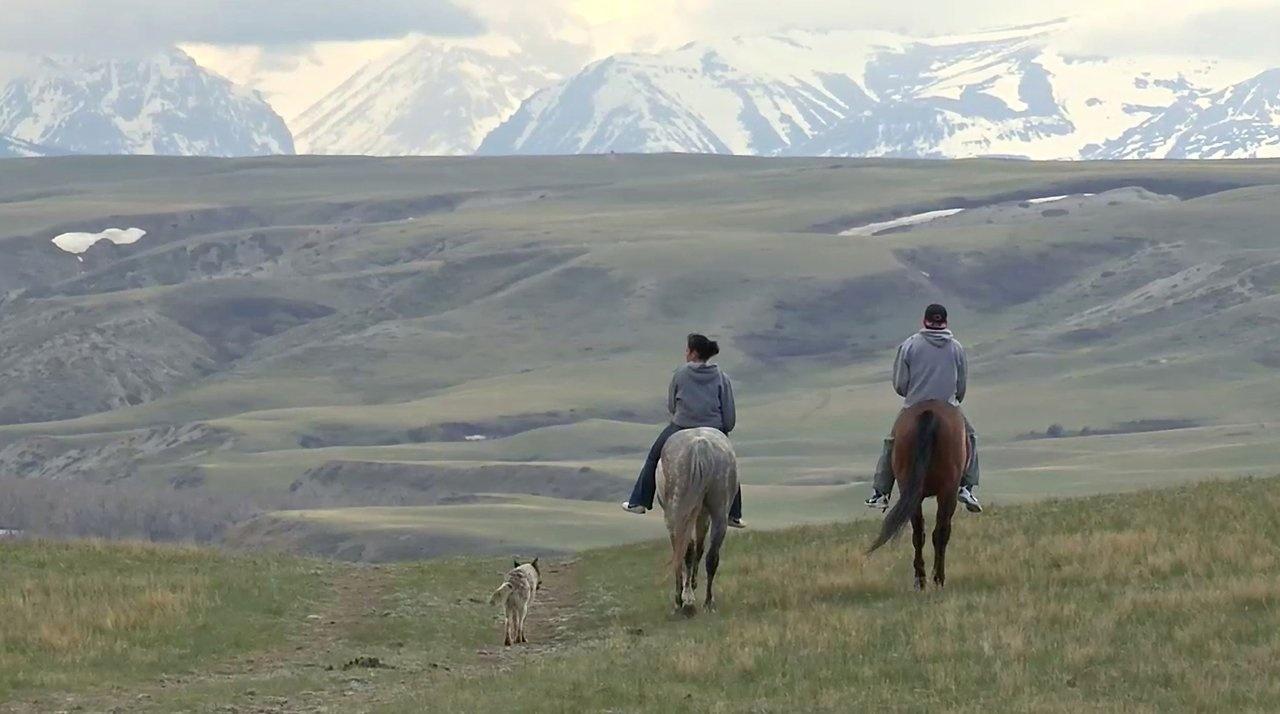
Charles Dye Video
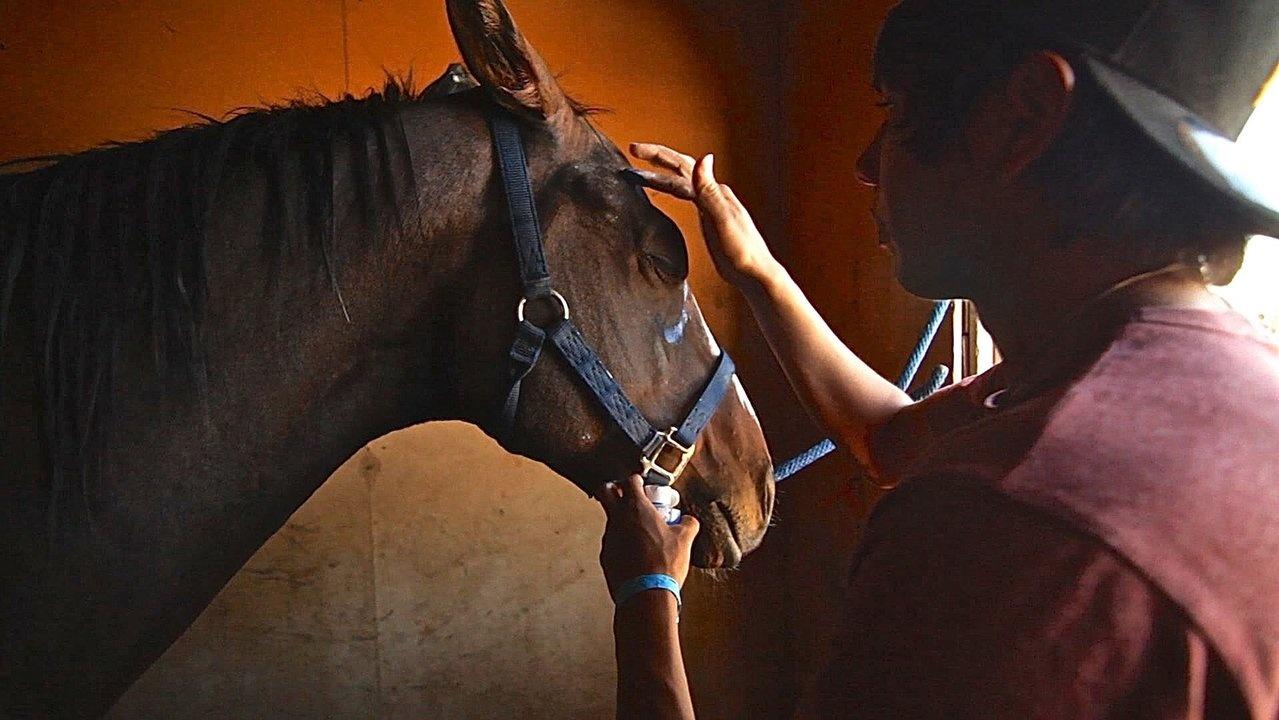
Danny Schmidt Video
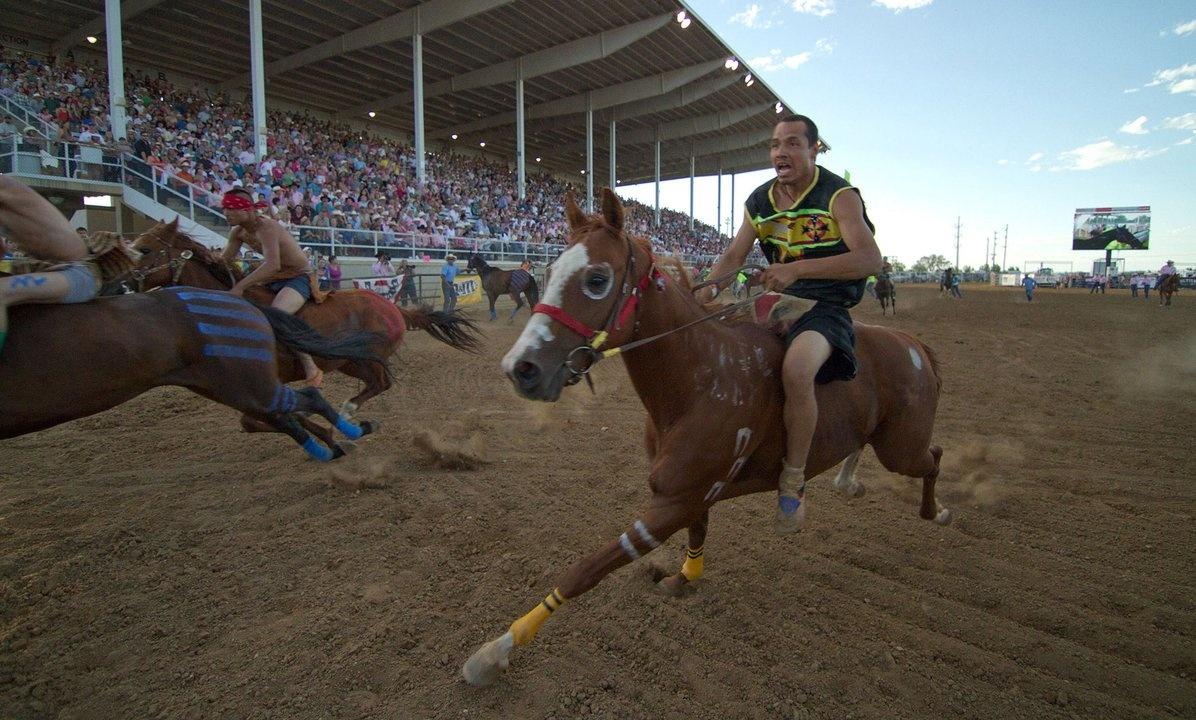
Danny Schmidt
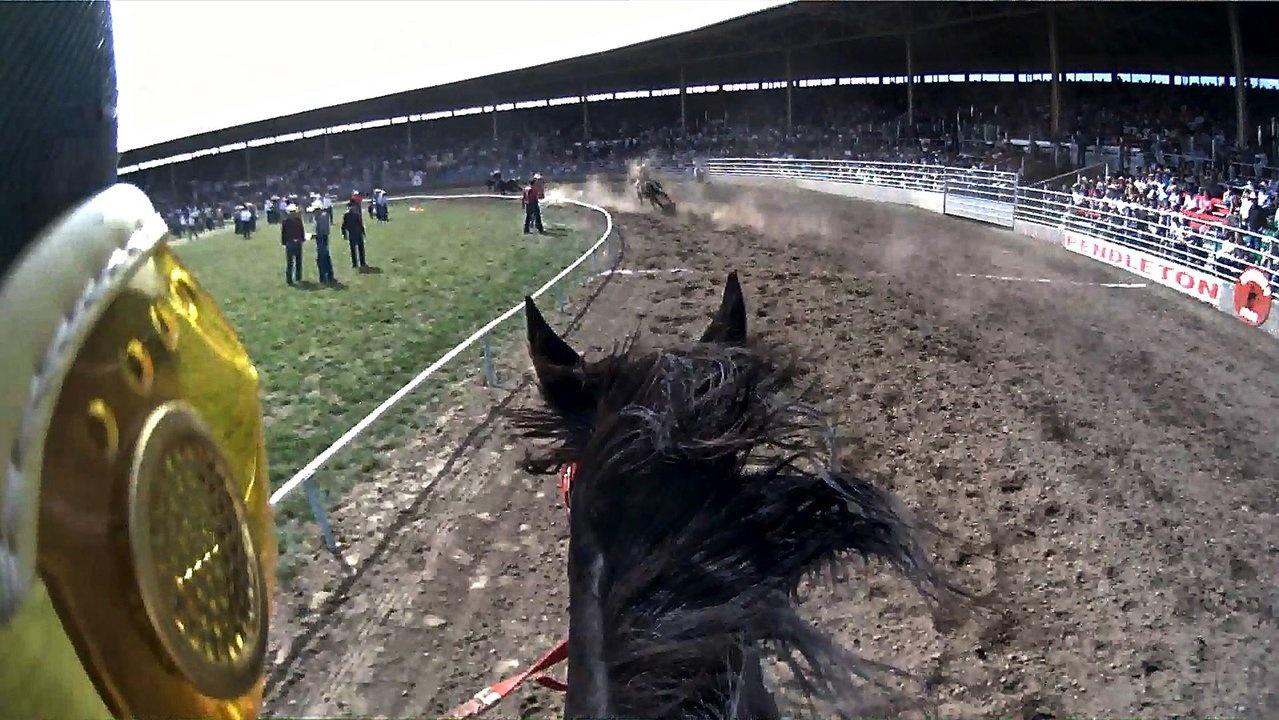
unknown
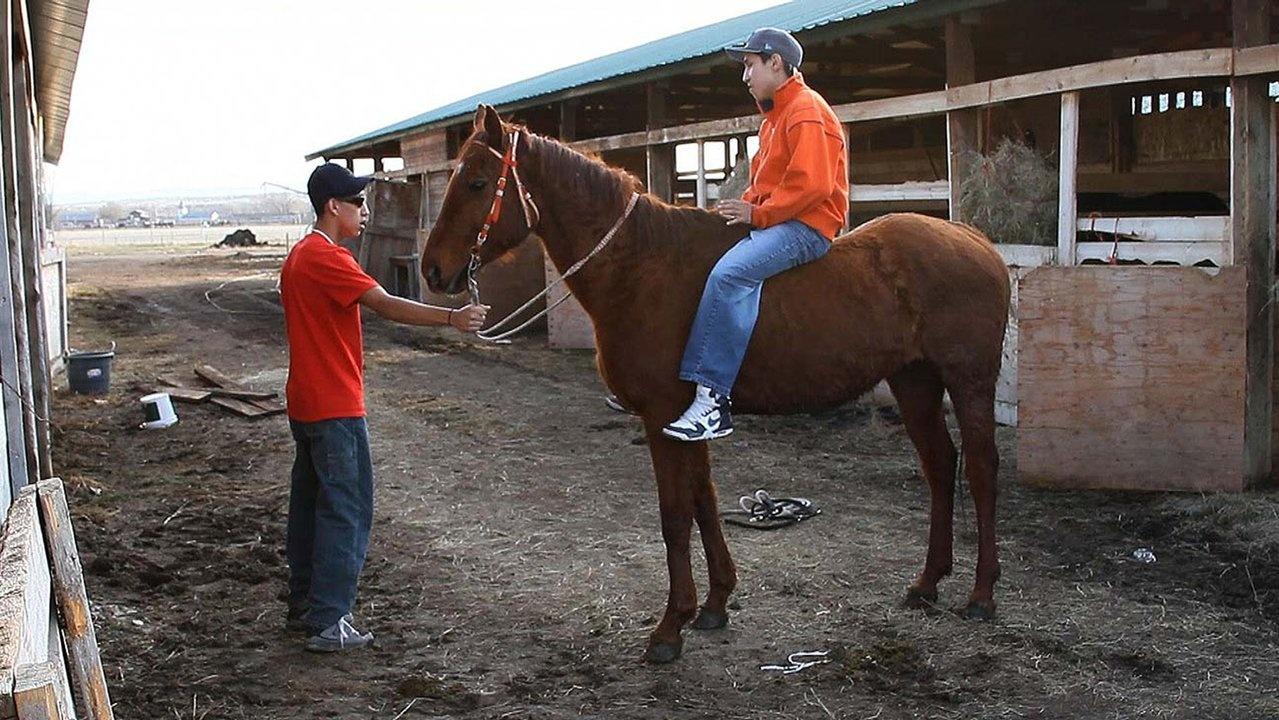
Charles Dye Video
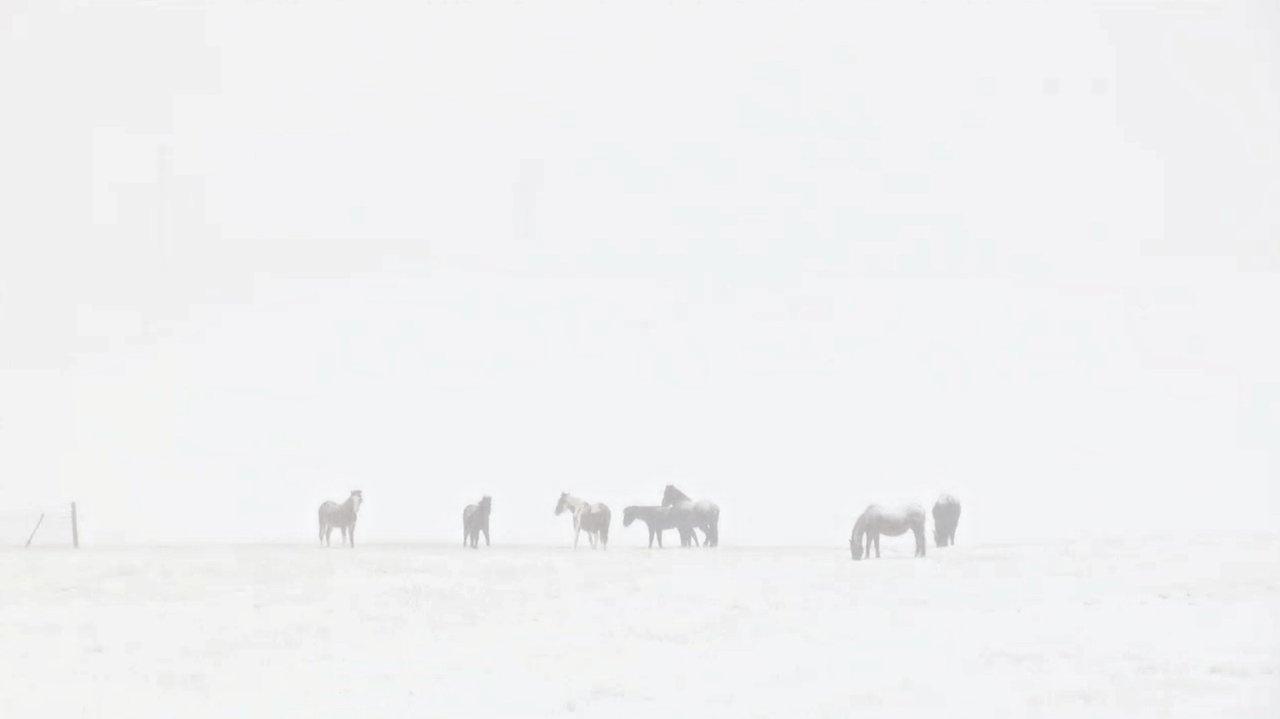
Charles Dye Video
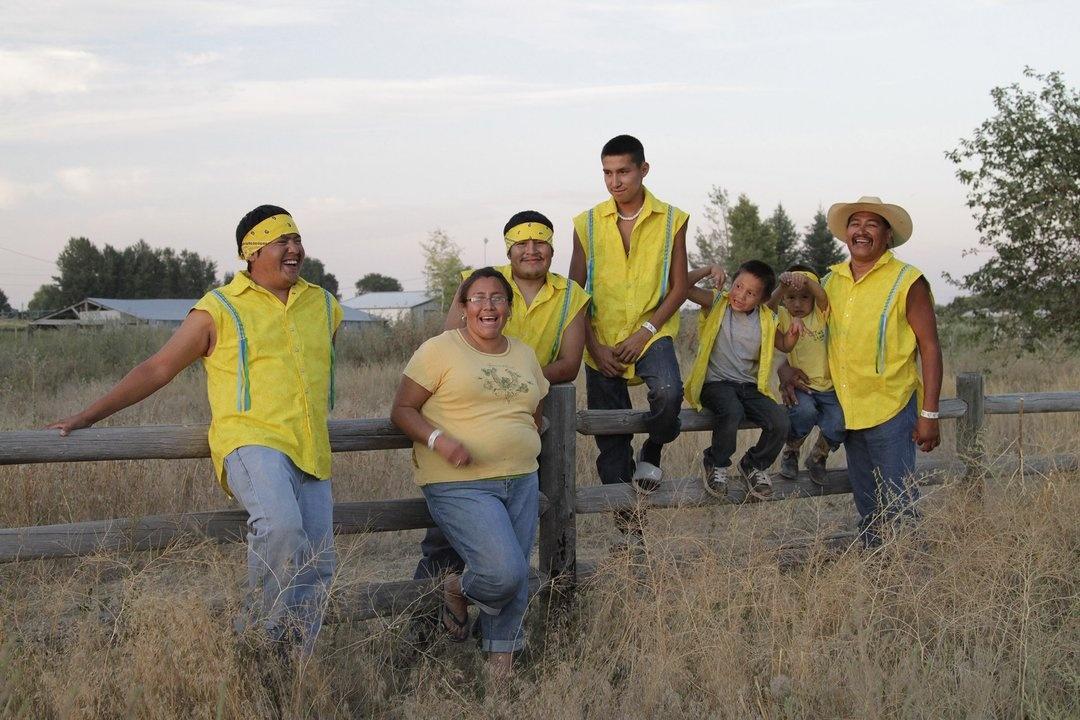
Aaron Pruitt
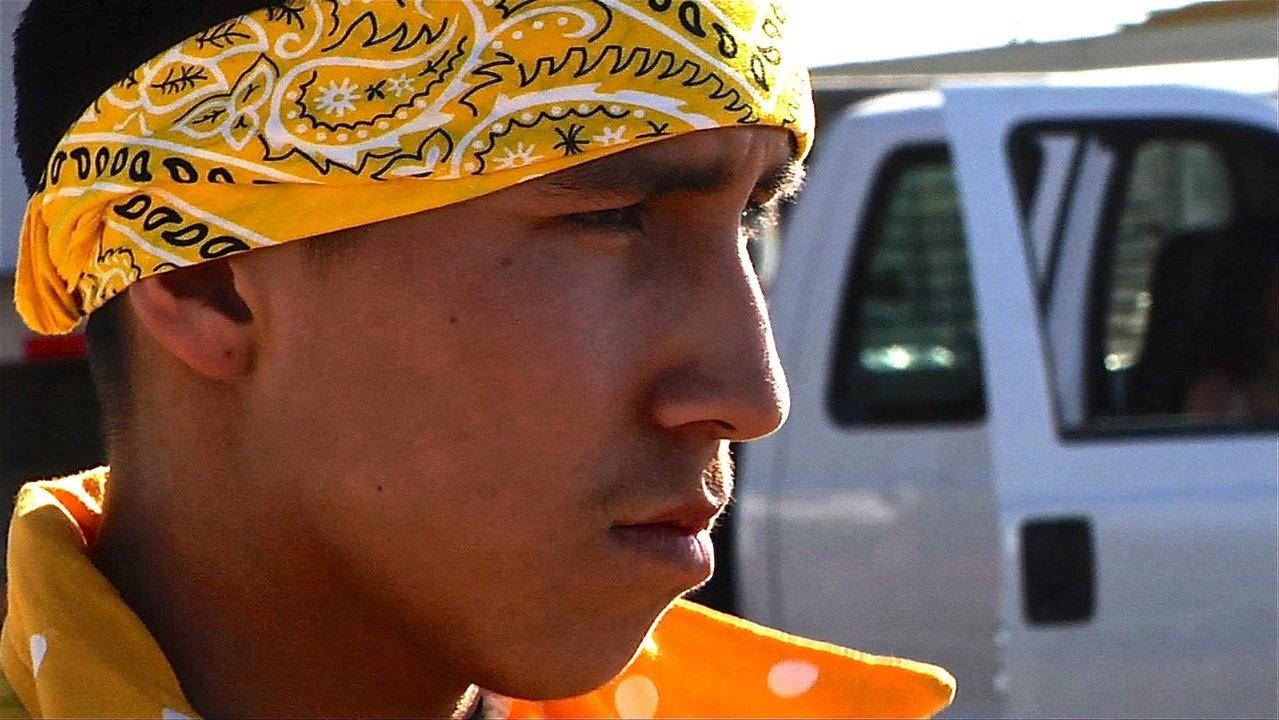
Dawson Dunning Video
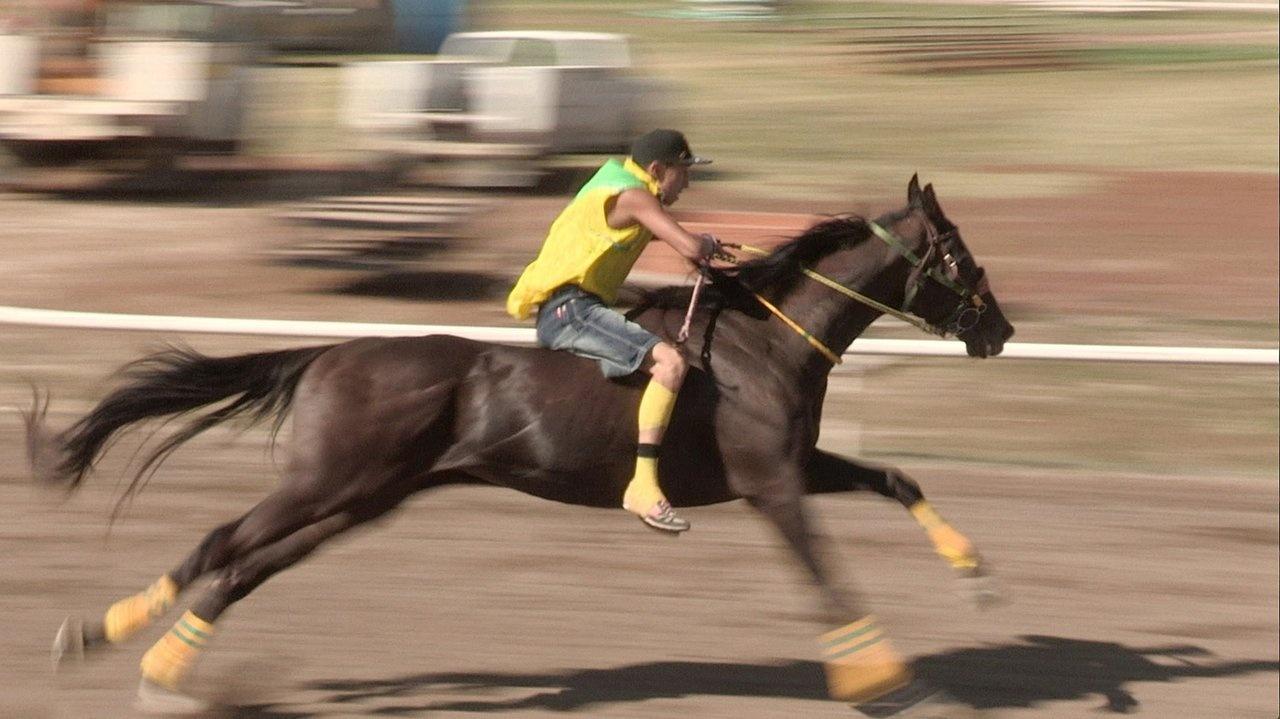
Rick Smith Video
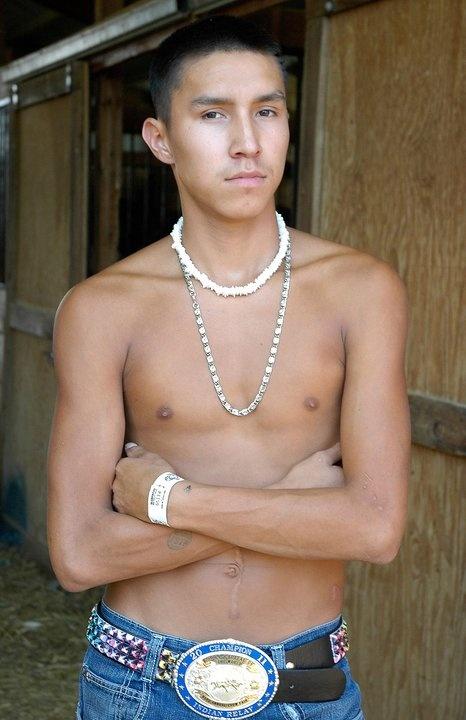
Aaron Pruitt

Dawson Dunning Video
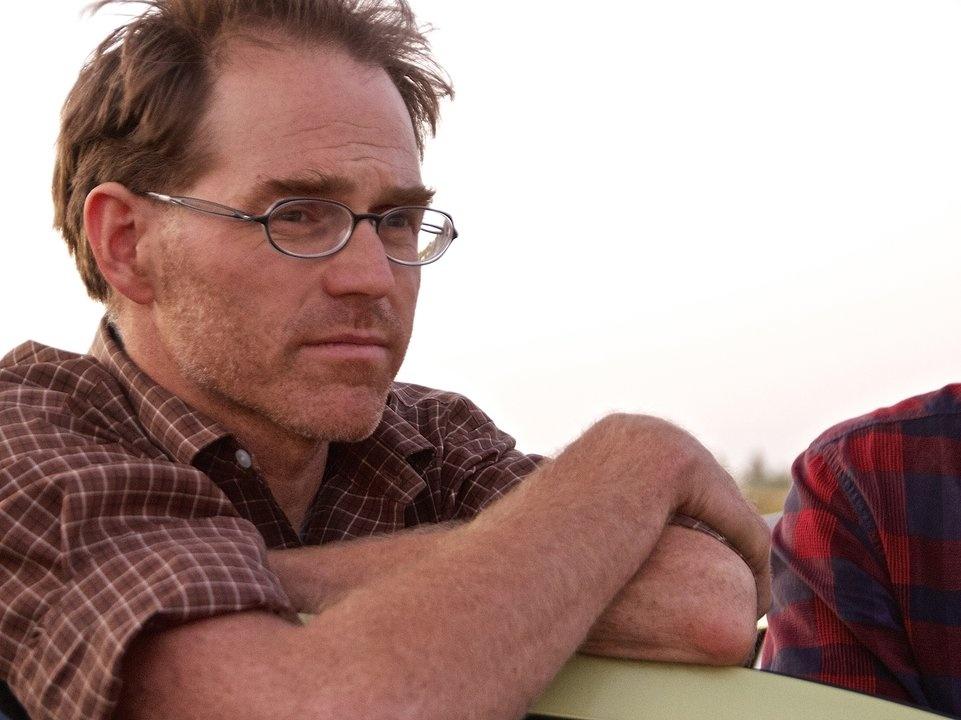
Michael Suarez Photo
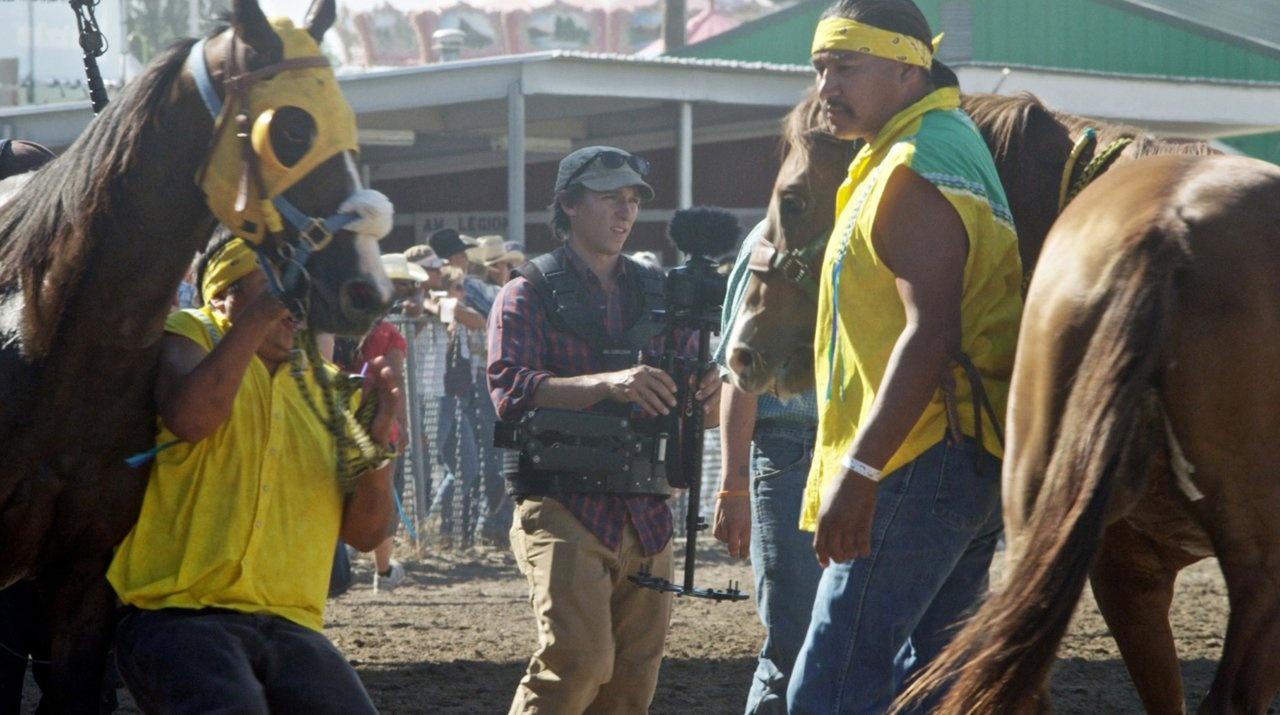
Rick Smith Video
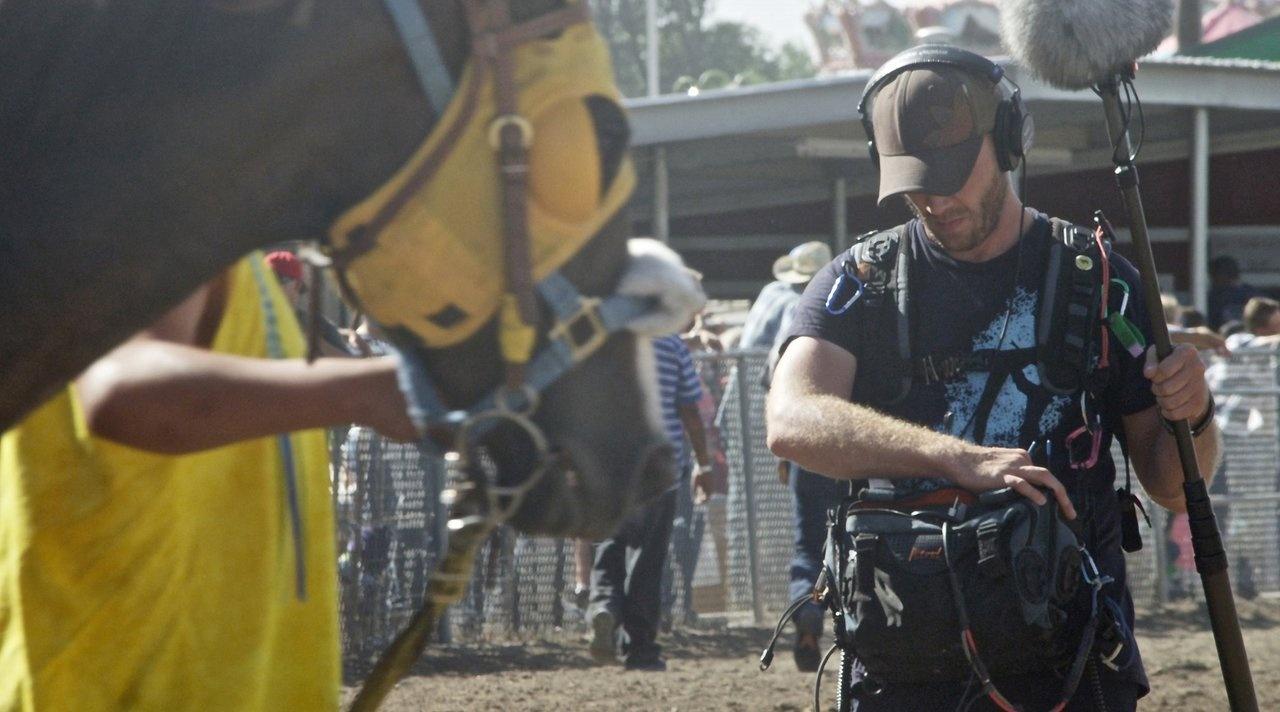
Rick Smith Video

Charles Dye Video
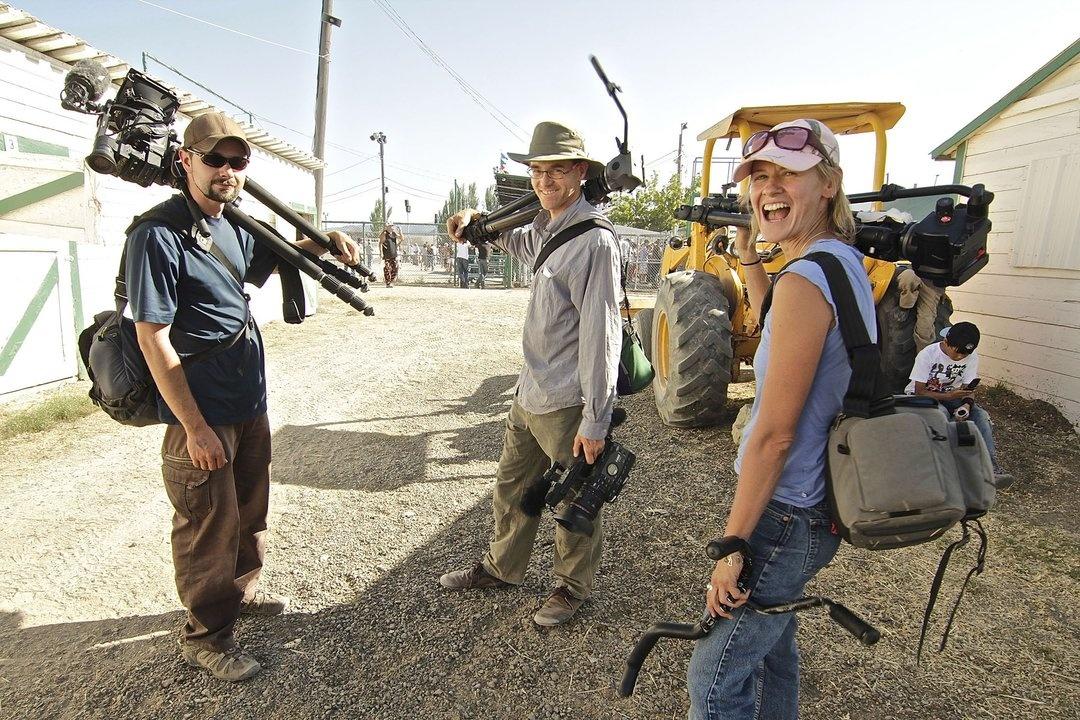
Danny Schmidt
